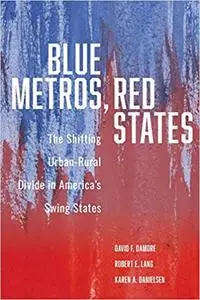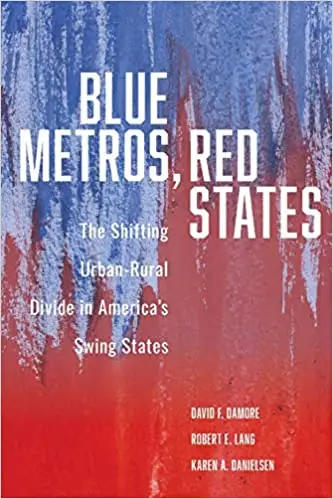David F. Damore, Robert E. Lang, Karen A. Danielsen, "Blue Metros, Red States: The Shifting Urban-Rural Divide in America's Swing States"
English | 2020 | ISBN: 0815738471 | 459 pages | EPUB | 18 MB
English | 2020 | ISBN: 0815738471 | 459 pages | EPUB | 18 MB
Assessing where the red/blue political line lies in swing states and how it is shifting
Democratic-leaning urban areas in states that otherwise lean Republican is an increasingly important phenomenon in American politics, one that will help shape elections and policy for decades to come. Blue Metros, Red States explores this phenomenon by analyzing demographic trends, voting patterns, economic data, and social characteristics of twenty-seven major metropolitan areas in thirteen swing states that will ultimately decide who is elected president and the party that controls each chamber of Congress.
The book’s key finding is a sharp split between different types of suburbs in swing states. Close-in suburbs that support denser mixed use projects and transit such as light rail mostly vote for Democrats. More distant suburbs that feature mainly large-lot, single-family detached houses and lack mass transit often vote for Republicans. The book locates the red/blue dividing line and assesses the electoral state of play in every swing state. This red/blue political line is rapidly shifting, however, as suburbs urbanize and grow more demographically diverse. Blue Metros, Red States is especially timely as the 2020 elections draw near.



